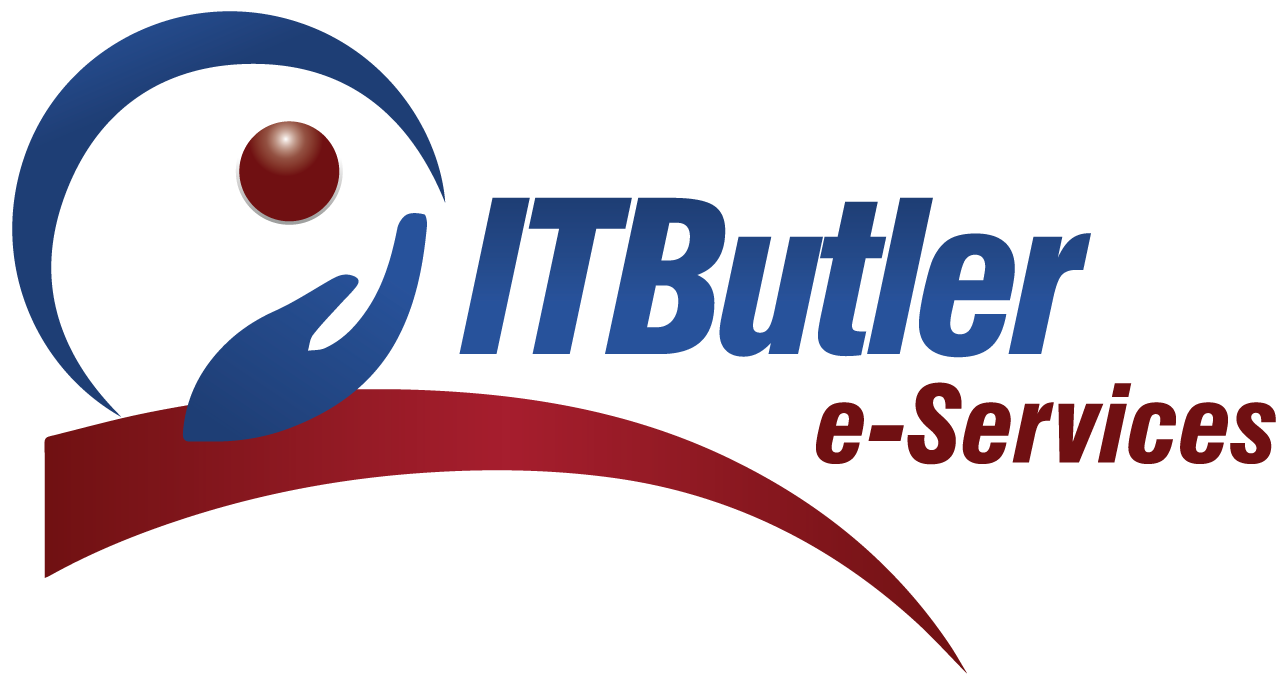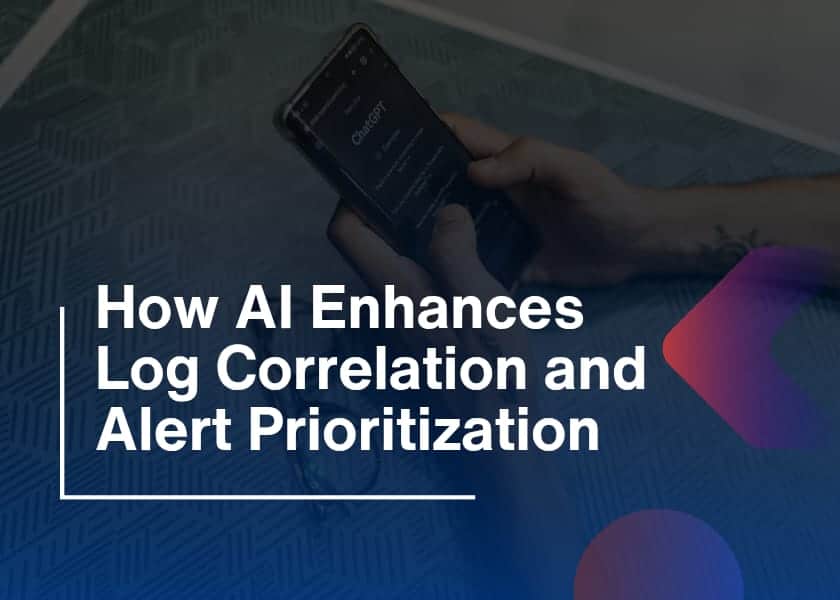Have you ever wondered how cybersecurity teams manage to detect and stop threats before they cause damage? It’s not just about skilled professionals anymore. It’s about the powerful, smart modern SOC tools they use every day. These tools are the real superheroes behind the scenes, helping Security Operations Centers (SOCs) stay ahead of cyber attackers. In the growing world, security threats evolve fast. That’s why modern SOCs rely on a variety of tools to collect data, analyze threats, automate responses, and protect businesses. If you’re curious about how SOC teams operate or are looking to improve your cybersecurity setup, this blog will give you a complete overview of the essential modern SOC tools in use today.
Why Are Modern SOC Tools Essential?
Contemporary SOCs have to deal with thousands of alerts daily. It is almost impossible to go through all of them manually. It is at this point that the SOC tools of today appear. They increase accuracy, shorten response time, and can enable teams to handle high quantities of information.
The tools also cause automation, real-time analysis, and actionable information, which makes security teams more effective and responsive. In their absence, combating advanced cyberattacks would be an uphill task that is bound to fail.
1. SIEM Security Information and Event Management
Most SOCs contain a SIEM platform at their core. It gathers logs and events of various systems, servers, firewalls, endpoints, cloud apps, and analyzes them to identify threats. SIEM platforms do not merely collect data but normalize data, correlate the trend, and generate alerts when something abnormal is observed.
This centralized view will enable the analysts to know what is going on in the organization in real time. Whether this is a brute force log-on or a transfer to an unauthorised location, the SIEM tools identify the event, decreasing the possibility of a breach being unnoticed. Some common solutions in this category include Splunk, IBM QRadar, and LogRhythm.
2. EDR Endpoint Detection and Response
Such end-user devices as a laptop, desktop, and mobile phone are frequently targeted by an attack. EDR tools are supposed to help in that area. They observe endpoint activity to identify malware, ransomware, and unauthorized access. What is more important, they enable analysts to act, i.e., seclude the gadget, kill processes, or backtrack the alterations provided by malware.
A lot of EDR products also contain forensic capabilities. With the tool, root-cause analysis can be more effective and quicker in case a laptop is infected, as the tool can help to identify the source of the threat and the actions taken. Such EDR solutions as CrowdStrike Falcon and SentinelOne are good examples.
3. Security Orchestration and Automation, and Response (SOAR)
SIEM and EDR are wonderful at finding threats. However, it may take a while to respond to the threats. That is why contemporary SOCs adopt SOAR products. Such platforms automate the operation, initiate steps, and develop playbooks to respond to familiar threat conditions.
As an example, upon detecting an account with a malicious connection, the SOAR tool will automatically terminate access, write a notification to the user, and record the event without any human action. This makes the task of analysts lighter and guarantees a rapid and consistent response. Such tools as Cortex XSOAR and Splunk SOAR are often employed to this end.
4. Threat Intelligence Platforms
Modern SOC tools also monitor external threats, not just internal activity. External threat intelligence is just as important. TIPs collect data on known bad actors; IP addresses, malware hashes, phishing domains, and feed that data into other tools like SIEM or SOAR.
Threat intelligence enriches alerts and makes them more meaningful. An IP accessing your server might seem minor until you learn it’s linked to a ransomware group. Furthermore, threatConnect, Anomali, and Recorded Future are popular TIP solutions that help SOCs stay ahead of attackers.
5. Intrusion Detection and Prevention Systems
Network-based attacks can cause serious harm if not caught early. That’s where IDPS tools play a crucial role. They inspect network traffic, look for malicious patterns, and either alert the team or block the traffic immediately.
Unlike a firewall, which simply enforces access rules, an IDPS can understand context and behavior. For example, if a system suddenly starts sending large amounts of data to an unknown destination, the tool will detect and respond to it. Moreover, SOCs commonly use open-source options like Snort and Suricata.
6. Network Traffic Analysis
While IDPS tools handle detection and blocking, NTA tools provide deep insight into traffic behavior. They use advanced analytics and machine learning to spot unusual activity, such as lateral movement, beaconing, or data exfiltration.
Additionally, NTA tools are particularly useful for detecting slow and stealthy attacks that don’t trigger traditional alarms. They monitor flow patterns across the network and highlight deviations from normal behavior. Darktrace and Vectra AI are well-known players in this space.

7. User and Entity Behavior Analytics
Not all threats come from the outside. Insider threats, compromised accounts, and credential abuse can often bypass traditional detection methods. UEBA tools focus on behavior, tracking how users and systems normally operate and alerting the team when something changes.
For example, if an employee who never logs in after 6 PM suddenly accesses sensitive data at midnight from a new location, UEBA will raise an alert. These tools rely heavily on AI and machine learning and become more accurate over time. Modern SOCs commonly use popular platforms like Splunk UEBA and Exabeam.
8. Cloud Security Tools
With more businesses shifting to the cloud, monitoring cloud workloads and environments has become critical. Cloud-native tools like AWS GuardDuty, Microsoft Defender for Cloud, and Prisma Cloud help SOCs detect misconfigurations, unusual access patterns, and unapproved activities in real time.
These tools integrate with cloud platforms and offer visibility into storage, virtual machines, containers, identity management, and more. As cloud adoption grows, these specialized modern SOC tools are no longer a luxury; they’re a necessity.
9. Vulnerability Management Platforms
Preventing attacks starts with eliminating weak points. Vulnerability management tools scan systems regularly to identify software flaws, missing patches, and risky configurations. After scanning, they assign risk scores and provide recommendations to fix the issues.
SOC teams use this data to prioritize remediation. Instead of patching everything blindly, they focus on vulnerabilities that pose the biggest risk. Security teams commonly use Nessus, Qualys, and Rapid7 InsightVM for this purpose.
10. Case Management and Collaboration Systems
Security incidents involve multiple steps, teams, and tools. Without proper documentation and communication, things can easily slip through the cracks. Case management platforms help SOC teams assign tasks, track progress, and collaborate in real time.
These platforms also make compliance easier. They maintain a record of every action taken, which is useful for audits, legal investigations, and reporting. Tools like TheHive and ServiceNow Security Operations bring structure and accountability to the chaos of incident response.
Why Integration Matters
Each of these tools serves a unique function, but they’re far more powerful when they work together. SIEM can detect, SOAR can respond, and TIP can add context, but when combined into a seamless system, they transform how a SOC operates.
Integration reduces manual steps, enriches alerts, and accelerates investigation times. It also keeps every piece of data out of silos. Many modern SOCs now build centralized platforms that bring all these tools into a unified view, allowing analysts to act quickly with full confidence.
Final Thoughts
Today’s cybersecurity landscape demands speed, visibility, and smart automation. Without the right tools, even the most talented SOC teams can fall behind. From SIEM and EDR to SOAR, NTA, and TIP, the tools listed above represent the core of any strong security operations center.
Choosing the right combination of modern SOC tools depends on your organization’s size, risk tolerance, and resources. Some businesses may start with SIEM and EDR, while others may need advanced tools like UEBA or cloud security platforms right away. Either way, investing in the right tools is investing in your organization’s safety. So, if your goal is to strengthen your cybersecurity defenses, there’s no better time to start equipping your team with the most effective modern SOC tools. The right setup doesn’t just detect threats, it stops them before they harm.





